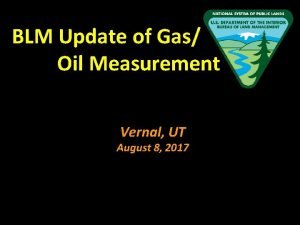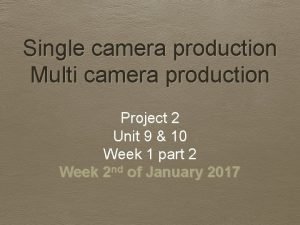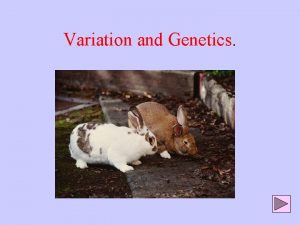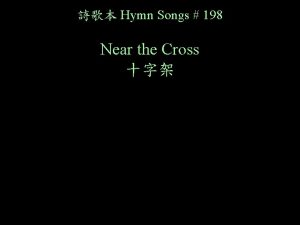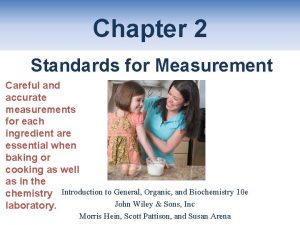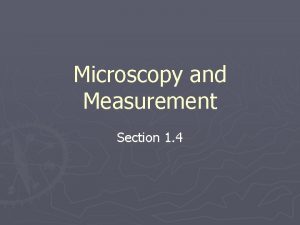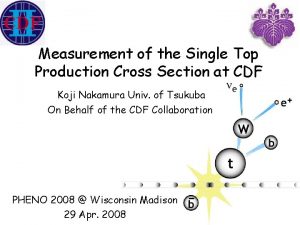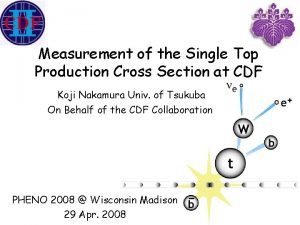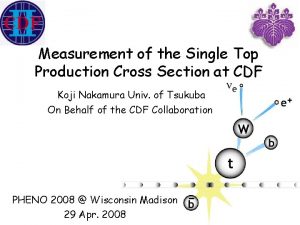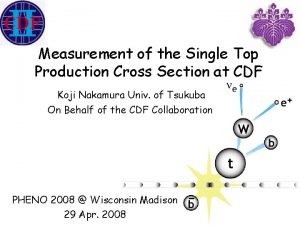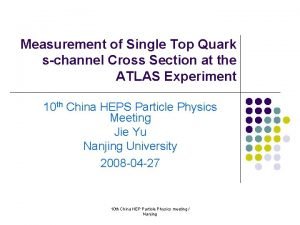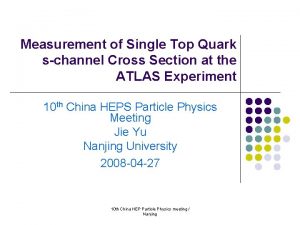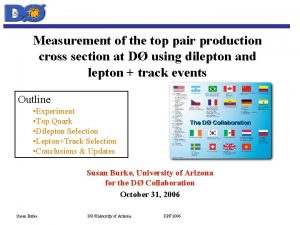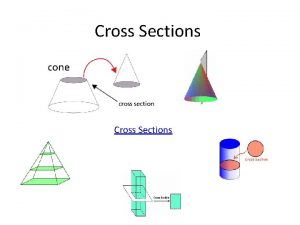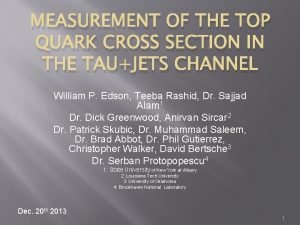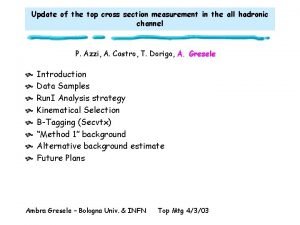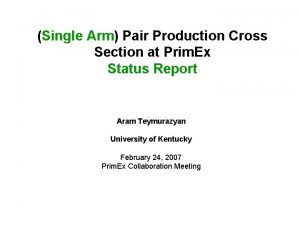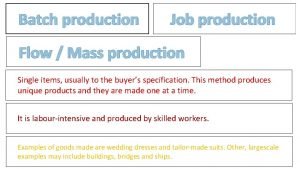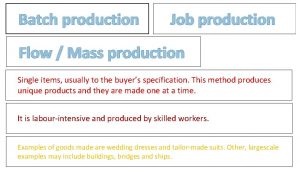Measurement of the Single Top Production Cross Section


















- Slides: 18

Measurement of the Single Top Production Cross Section at CDF Koji Nakamura Univ. of Tsukuba On Behalf of the CDF Collaboration PHENO 2008 @ Wisconsin Madison 29 Apr. 2008

Top Quark at Tevatron q Top quarks are predominantly produced in pairs by the strong interaction v Discovered in 1995 at Tevatron v Studying properties like cross section, mass, charge, W helicity ~ 6. 7 pb ~ 2. 9 pb q Electroweak single top production allows v. The theoretical cross section is 0. 4 xsttbar v. Evidence was seen. PHENO by 2008 D 0 and CDF experiment 29 April 2008 2 (Dec. 2006) (Aug. 2007)

Why Single Top Quark? Production rate is proportional to |Vtb|2 st = (1. 98 ± 0. 25) |Vtb|2 pb ss = (0. 88 ± 0. 11) |Vtb|2 pb Top Polarization study Single top quarks are 100% polarized in SM Can test this with angular distribution of top decay Probe Non Standard Model phenomena Can search for heavy W’ boson or H± Technical Motivation Test of the methodology for Higgs search (the same final state as the WH lνbb signal) 29 April 2008 PHENO 2008 3

Single top at CDF Event topology 2 or 3 high Pt jets (Pt>20 Ge. V) Singletop production with decay into lepton + 2 jets final state One high Pt lepton (Pt>20 Ge. V) Large Missing Energy (Et>25 Ge. V) Singletop Signal is hidden under the huge bkg Multivariate analyses are needed Top pair 29 April 2008 PHENO 2008 Dominant process of 4 jets bin counting method is possible 4

Analysis strategy Signal Model Background Model Blind analysis Event Selection W+2 jets 1 tag ≥ 2 tag W+3 jets 1 tag Neural Network 29 April 2008 Likelihood Function Discriminant Matrix Element Split in sub set of different purity ≥ 2 tag Combined Analysis Multivariate Analysis Boosted Decision Tree CDF Data Set -Both s- and t-channel as the signal -Fixed st / ss Ratio to SM -Sensitive to Discovery and |Vtb| Separate Search - Ether s- or t-channel is the signal -Not fixed st / ss Ratio -Sensitive to New Physics PHENO 2008 5

Matrix Element Matrix element: Different for each process. Boosted Decision Tree extension of a cut based analysis ≥ 20 variables used for training Optimize series of binary cuts Parton distribution functions Transfer functions: jet energy measurement Calculate for each leaf purity as BDT output Neural Network 29 April 2008 … Discriminant Use 10 -15 variables Likelihood Function i=variable index k=sample index PHENO 2008 6

Systematic Uncertainties Dominant Systematic uncertainty is the normalization of data based bkg estimation. All rate and shape variation systematic uncertainty are included cross section and significance fit 29 April 2008 PHENO 2008 7

Result I Cross section measurement Neural Network Likelihood Function Matrix Element Boosted Decision Tree 29 April 2008 All results are consistent with SM prediction PHENO 2008 8

Result II Significance Neural Network Likelihood Function Matrix Element 29 April 2008 Boosted Decision Tree PHENO 2008 9

Result III Combination I Super-Discrimintant Combine ME, NN, LF analyses into one by using discriminants as inputs to a neural net. “Neuro. Evolution of Augmenting Topologies” 29 April 2008 PHENO 2008 10

Result IV Combination II (cross check) Asymmetric Iterative BLUE üGenerate correlated PEs and measure correlations. üParameterize uncertainties as function of single top s Iterate to avoid biases. How correlated single analyses are : “Best Linear Unbiased Estimator” Original BLUE : L. Lyons NIM A 270 110 (1988) LF-ME 58. 9% 29 April 2008 ME-NN 60. 8% LF-NN 74. 1% PHENO 2008 11

Result V CKM matrix element |Vtb| The cross section measurement is also converted directly into a measurement of |Vtb| : Assuming no anomalous coupling Superdiscriminant: |Vtb|=0. 88 ± 0. 14 (exp. ) ± 0. 07 (theory) Result is consistent with |Vtb|~1 (|Vtd|, |Vts| << |Vtb|) 29 April 2008 PHENO 2008 12

Result VI S- channel optimized search This is a first result of the optimization search -Used double tag to separate s- and t-ch use “Loose” second tag to increase statistics - Likelihood base signal background separator - t-ch was treated as a background. Result : 95% CL. Upper limit Exp. Limit : 2. 36 pb Cross section Best Fit (bkg. Only) Obs. Limit : 2. 77 pb 29 April 2008 Result is consistent with SM prediction PHENO 2008 13

Conclusion Precise measurement of cross section and |Vtb| : |Vtb|=0. 88 ± 0. 14 (exp. ) ± 0. 07 (theory) Significance extrapolation assuming √∫Ldt dependence. 29 April 2008 Extrapolation of Expected Error on|Vtb|. PHENO 2008 14

Thank you! 29 April 2008 PHENO 2008 15

Expected candidate events 29 April 2008 PHENO 2008 16

Acceptance Gain for Muon 29 April 2008 PHENO 2008 17

A Neural Network b-tagging tool 29 April 2008 PHENO 2008 18
 Alur produksi multimedia
Alur produksi multimedia 43 cfr 3174
43 cfr 3174 Advantages of multi camera production
Advantages of multi camera production What is single camera production
What is single camera production Pp strap extruder factories
Pp strap extruder factories Multiple instruction single data example
Multiple instruction single data example Dataxin
Dataxin Multi channel multi phase example
Multi channel multi phase example Single pass cross flow heat exchanger
Single pass cross flow heat exchanger Shell and tube heat exchanger in food industry
Shell and tube heat exchanger in food industry Test cross and back cross
Test cross and back cross Test cross and back cross with example
Test cross and back cross with example Complete vs incomplete dominance
Complete vs incomplete dominance What is the difference between monohybrid and dihybrid
What is the difference between monohybrid and dihybrid In the cross, in the cross be my glory ever
In the cross, in the cross be my glory ever Balanced vs lingualized occlusion
Balanced vs lingualized occlusion Chapter 8 section 1 what are earthquakes answer key
Chapter 8 section 1 what are earthquakes answer key Section 2 standards of measurement answer key
Section 2 standards of measurement answer key Microscopy and measurement section 1-4 review
Microscopy and measurement section 1-4 review

